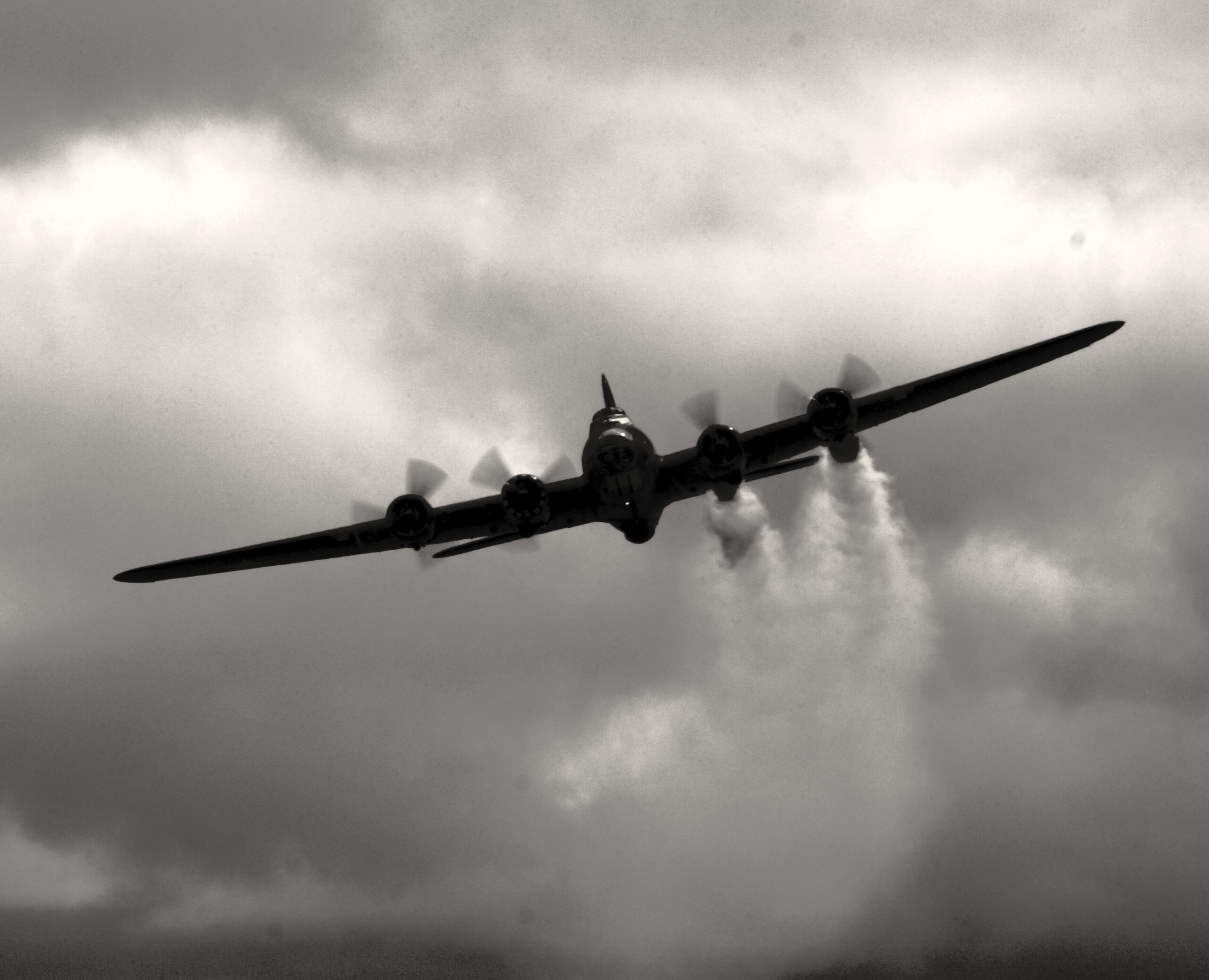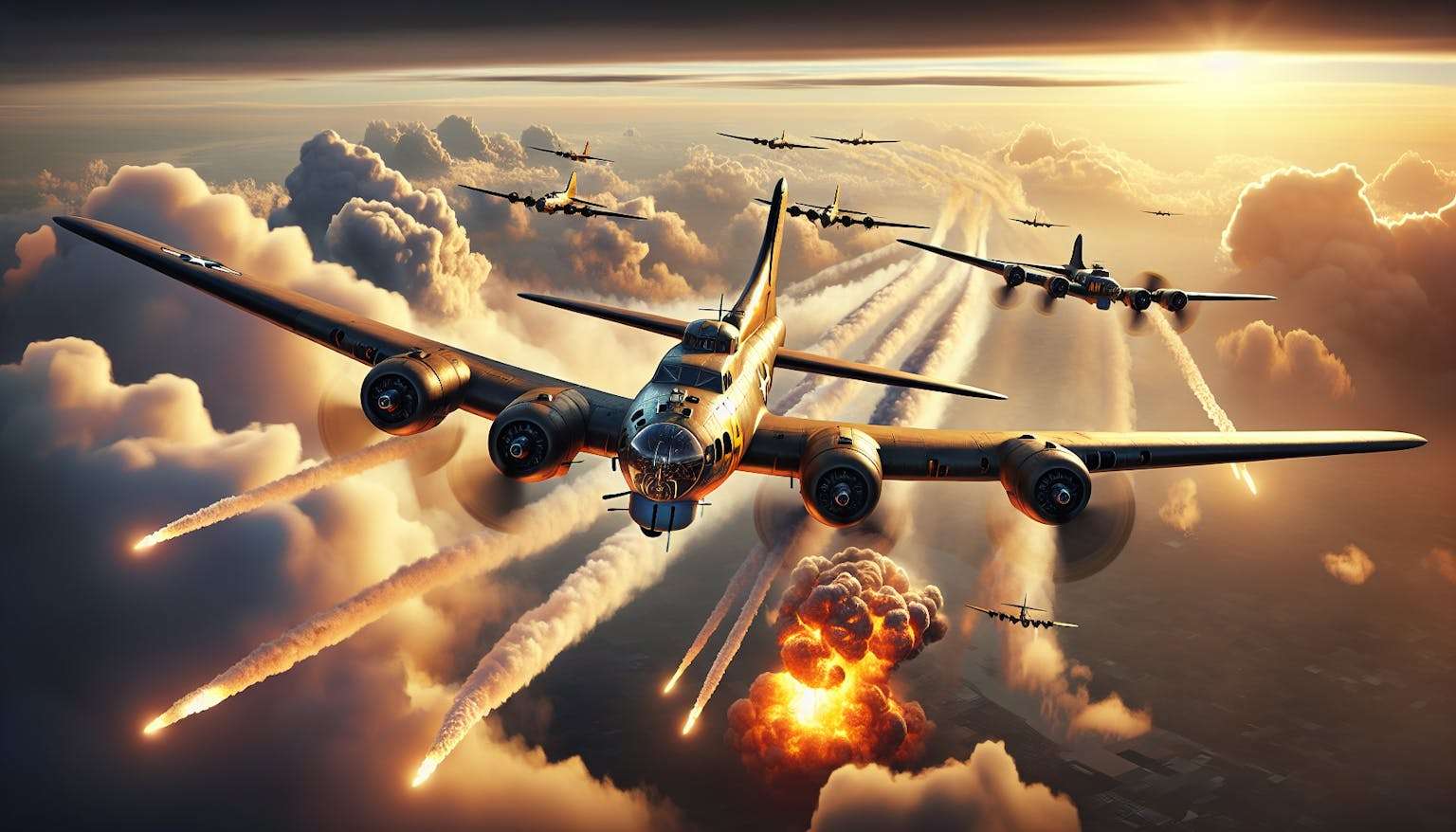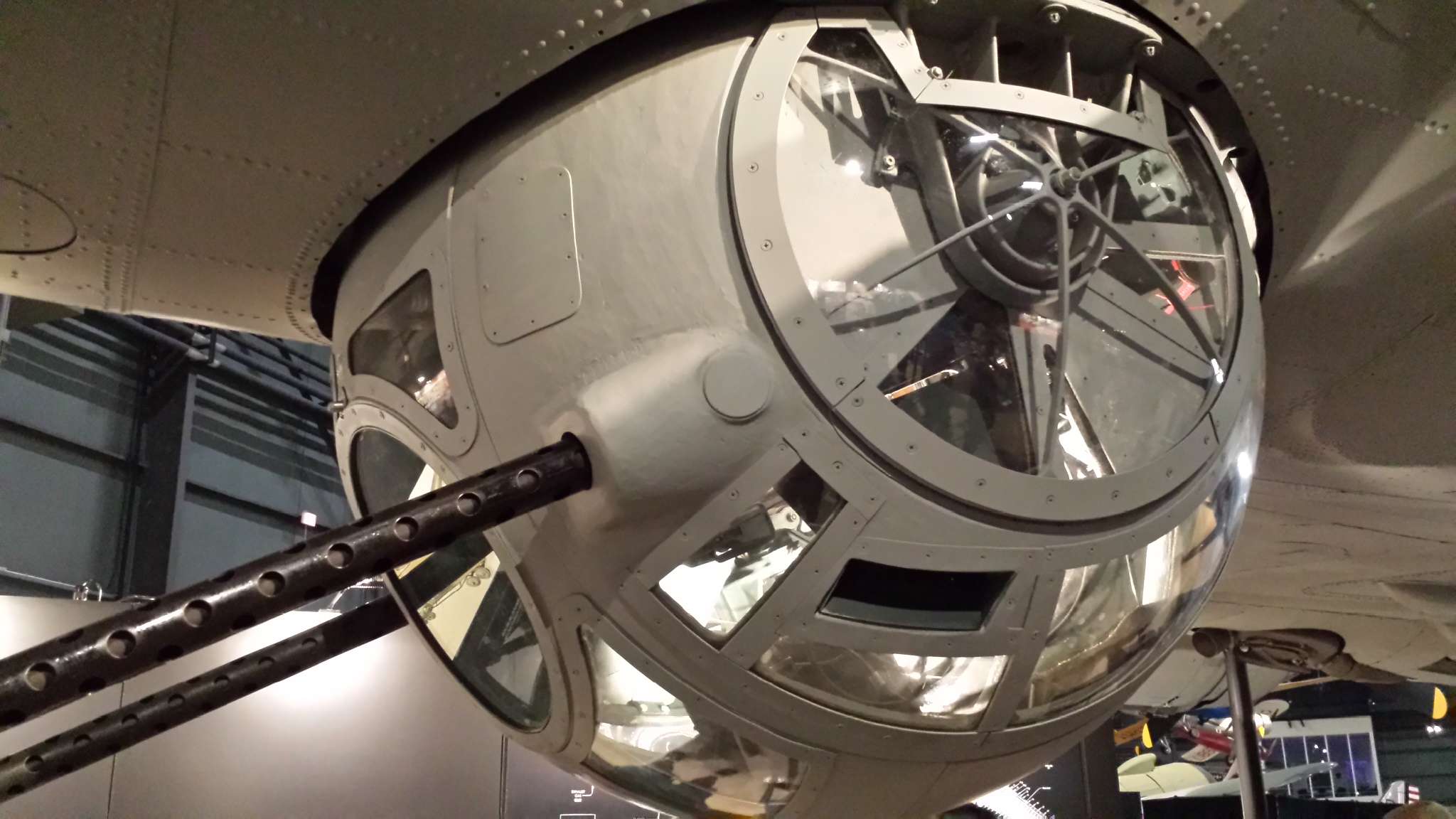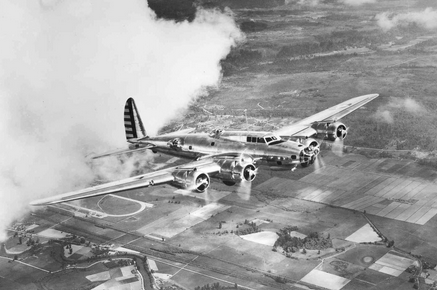The bombing of Dresden, Germany, in 1943 was one of the most controversial and devastating events of World War II. The bombing was carried out by the Royal Air Force (RAF) and the United States Army Air Forces (USAAF) in a series of raids between February 13 and February 15, 1945. The attack resulted in the deaths of thousands of civilians, the destruction of the historic city of Dresden, and raised many ethical and strategic questions.
The city of Dresden was known for its cultural significance and had a population of around 600,000 people, including many refugees who had fled the advancing Soviet forces. In early 1945, the city was largely undefended and had no strategic military value. Despite this, the Allies decided to launch a series of heavy bombing raids on the city, with the aim of disrupting transportation and communication networks, as well as demoralizing the German population.
On the night of February 13, 1945, the first wave of bombers arrived over Dresden and dropped high-explosive bombs, followed by incendiary devices that created massive firestorms. The second wave of bombers arrived on the following day, further intensifying the destruction. The bombing of Dresden continued into the morning of February 15, with the RAF and USAAF dropping around 4,000 tons of bombs and incendiaries in total. The result was a catastrophic loss of life and property.
The precise number of deaths resulting from the bombing of Dresden remains uncertain, with estimates ranging from 25,000 to 135,000. The city center was completely destroyed, with much of the historic architecture and cultural treasures of the city lost forever. The bombing of Dresden became one of the most controversial and debated events of World War II, with many people questioning the ethics and strategic value of the attack.
The bombing of Dresden raised many ethical and strategic questions, with some people arguing that the attack was a war crime that targeted innocent civilians. Others argue that the bombing was a necessary and justified military action that helped to hasten the end of the war. Some even argue that the bombing of Dresden helped to bring about the Allied victory by demoralizing the German population and disrupting their transportation and communication networks.
In conclusion, the bombing of Dresden was one of the most controversial events of World War II. The attack resulted in the deaths of thousands of civilians and the destruction of an historic city. While the ethical and strategic questions raised by the bombing of Dresden continue to be debated, it remains an important reminder of the devastating impact of war and the need to consider the human cost of military actions.






